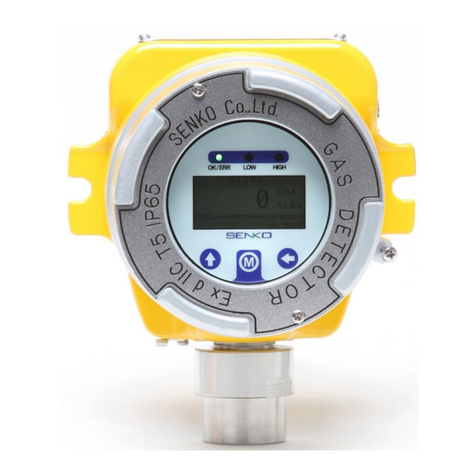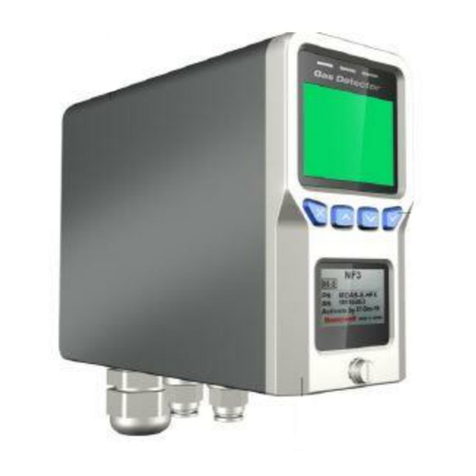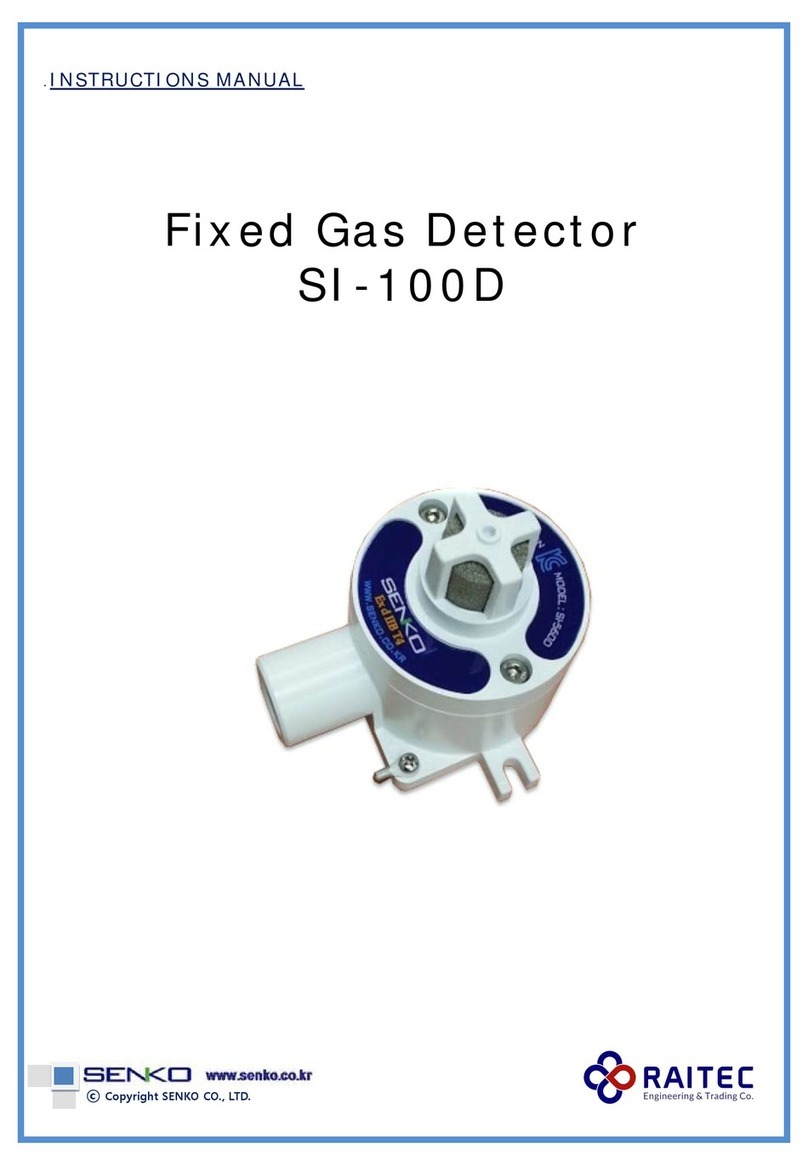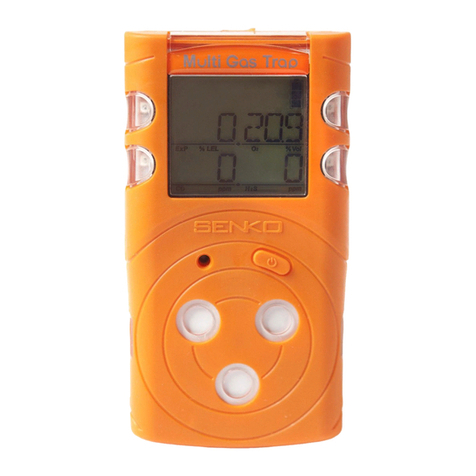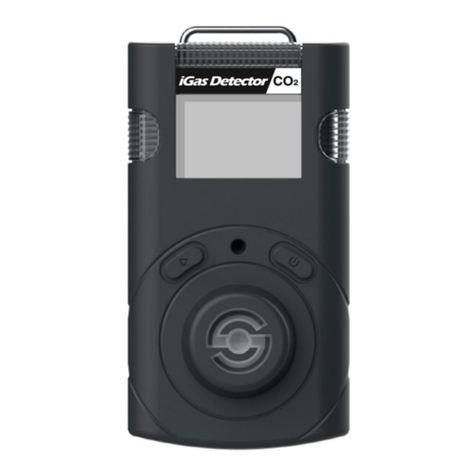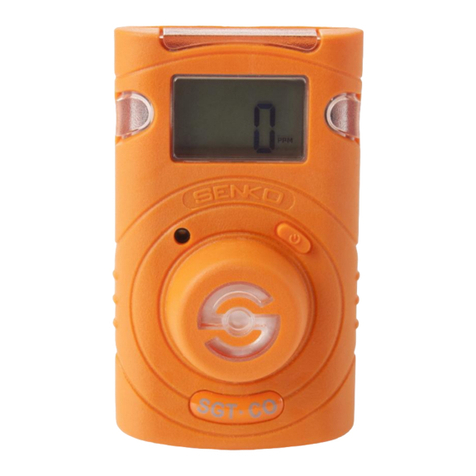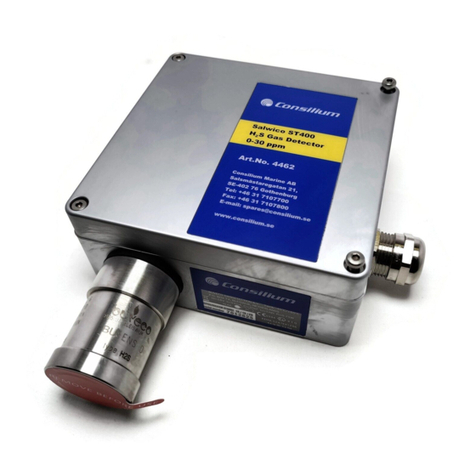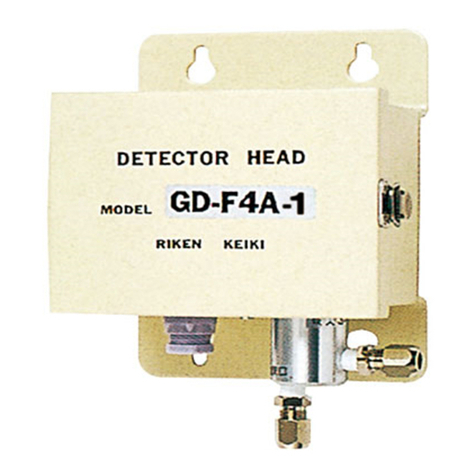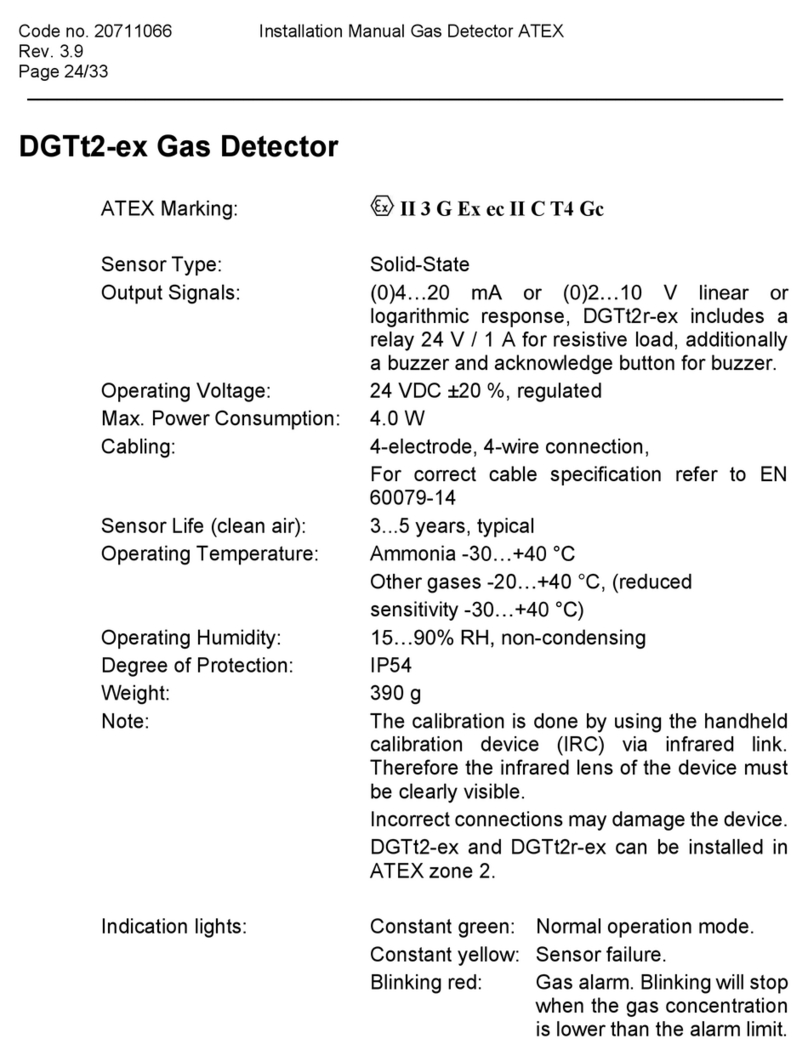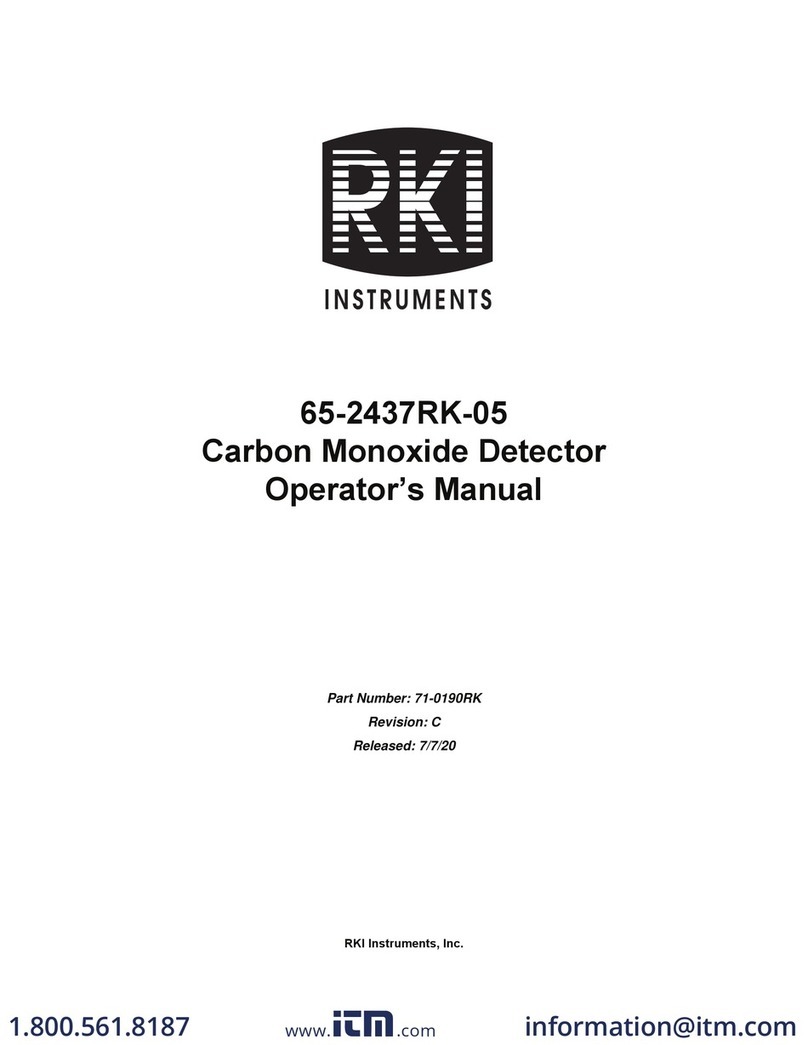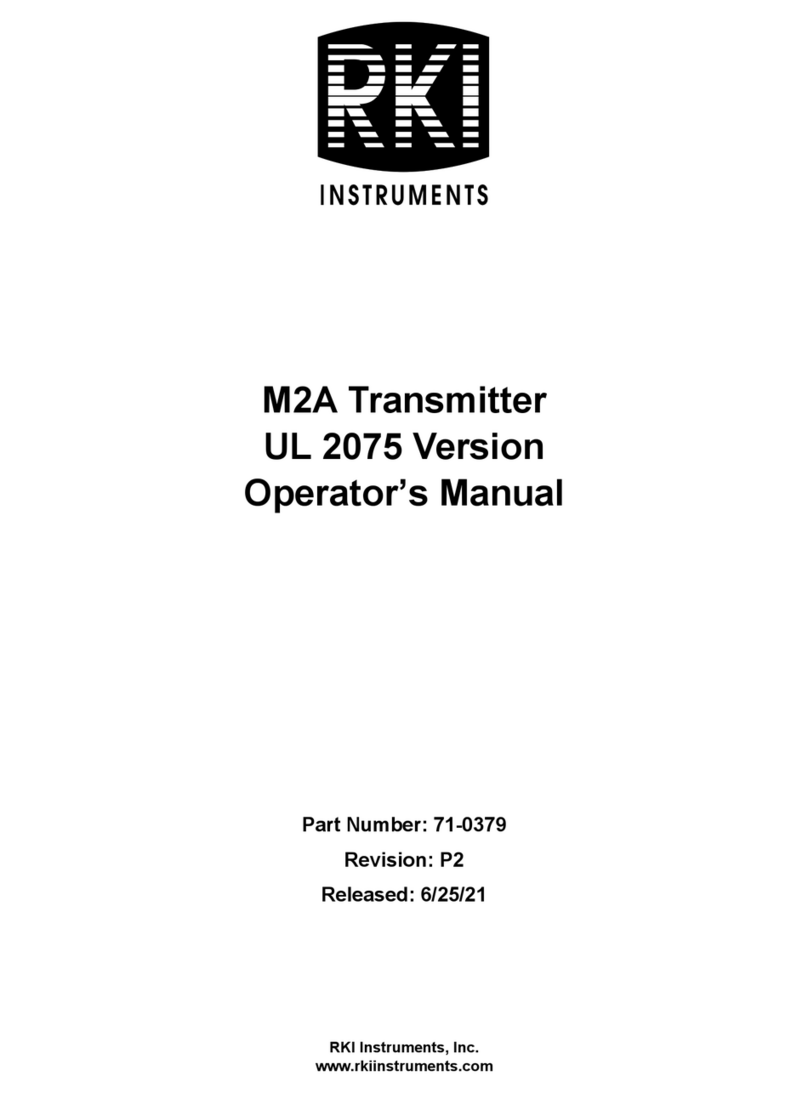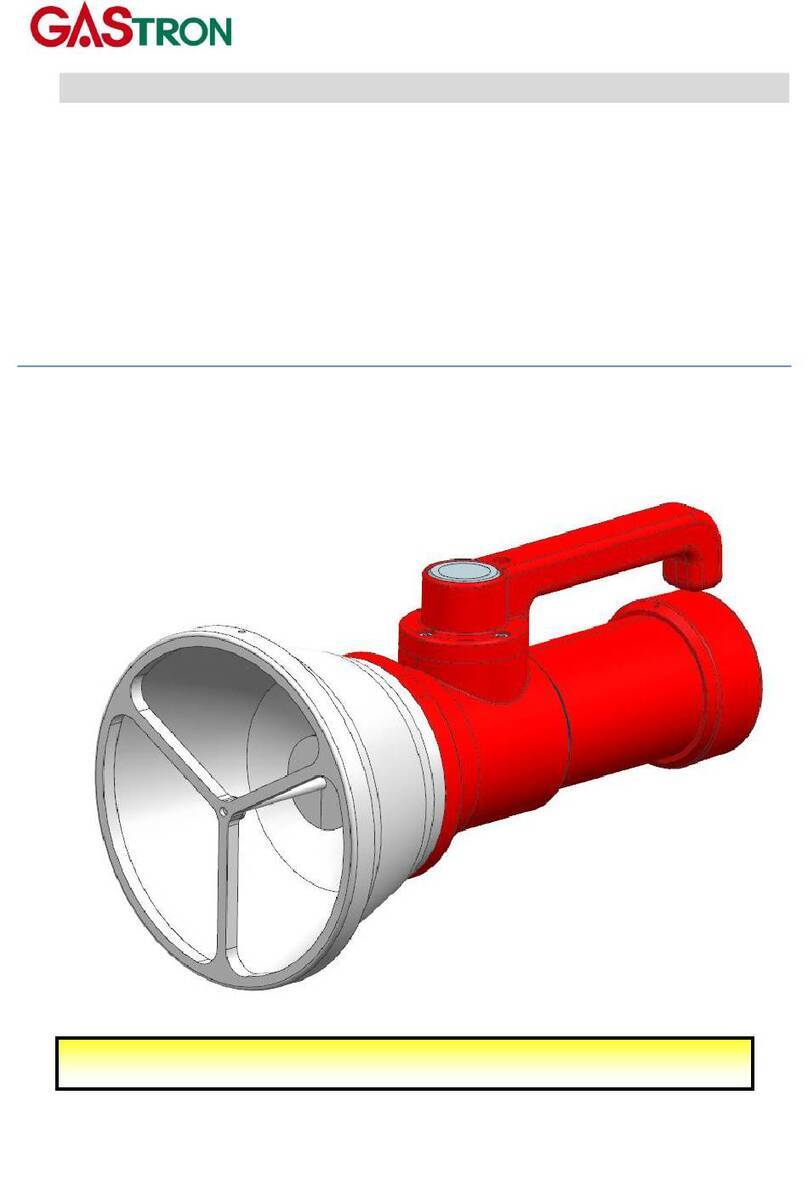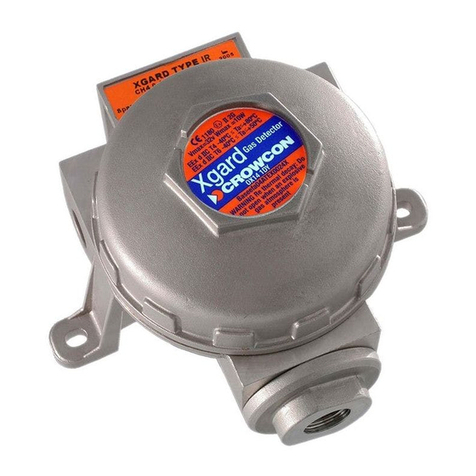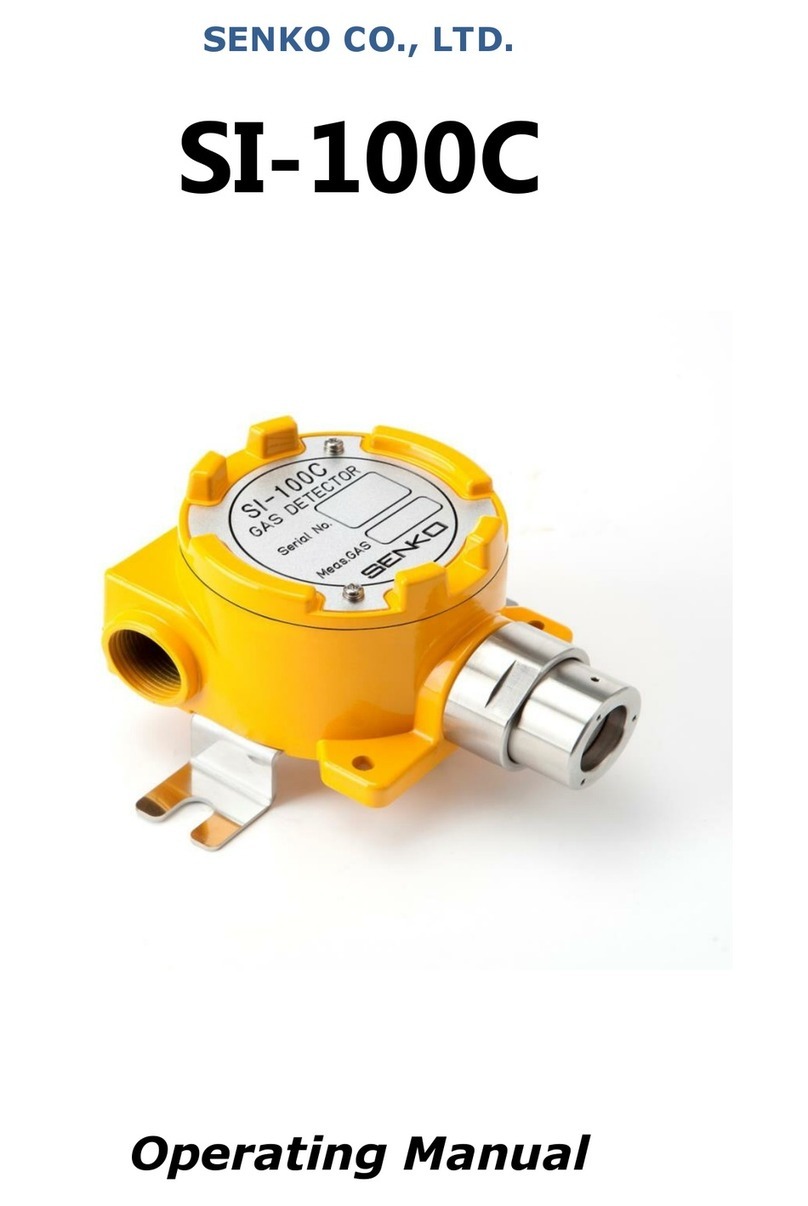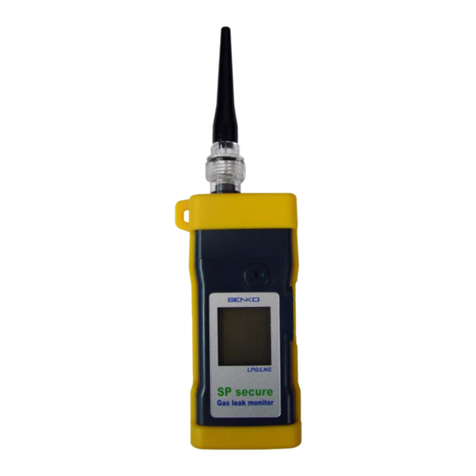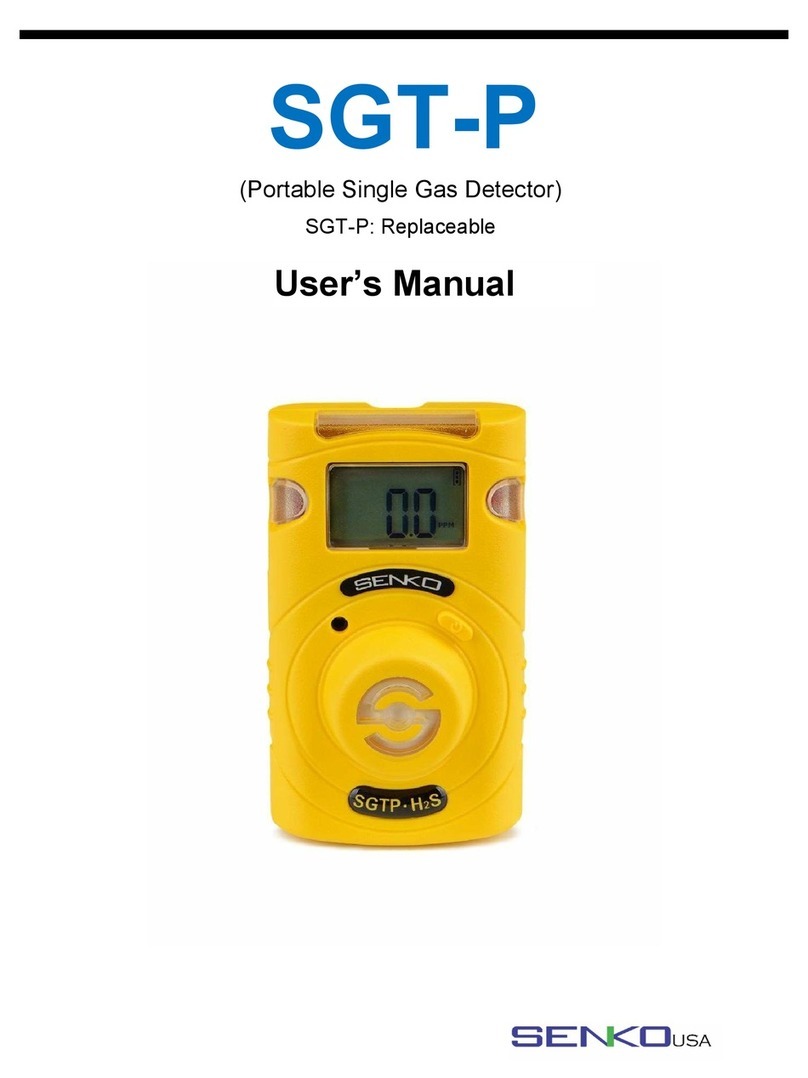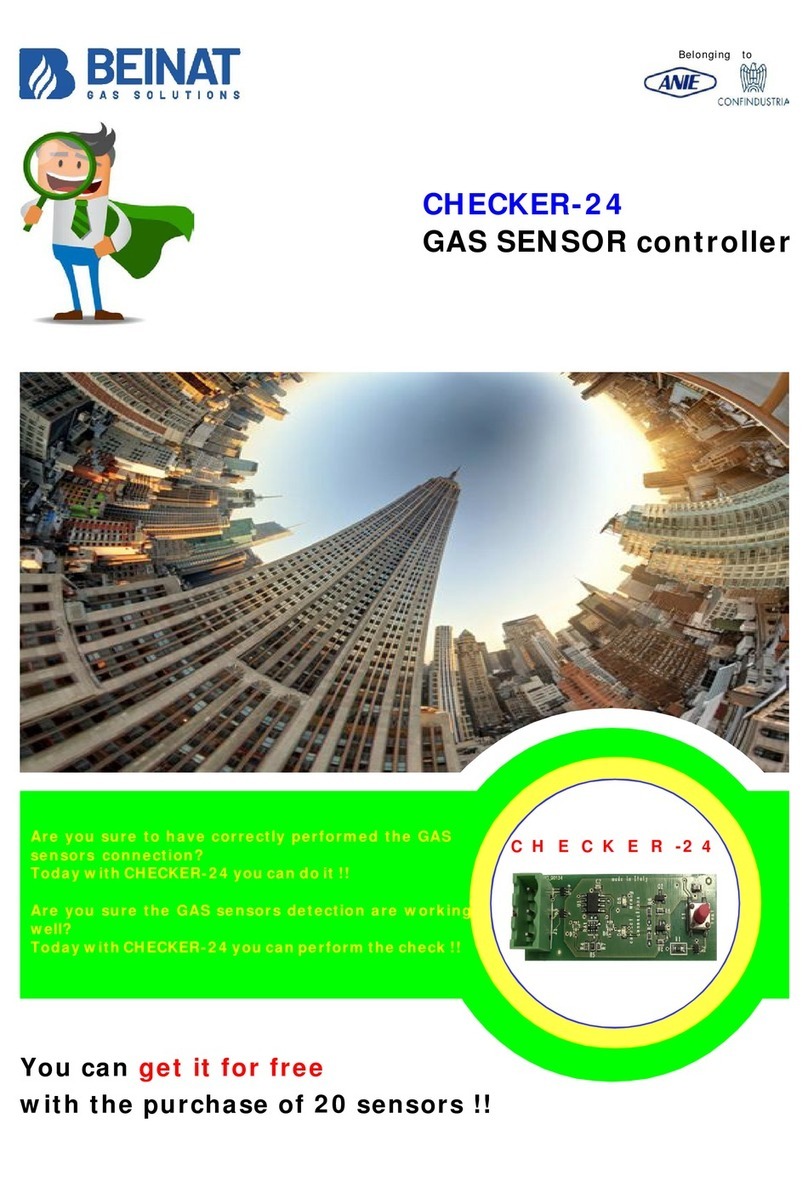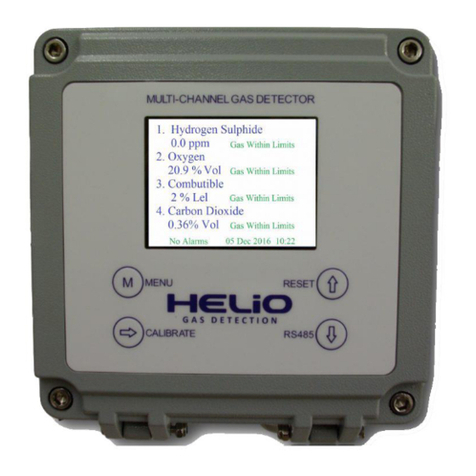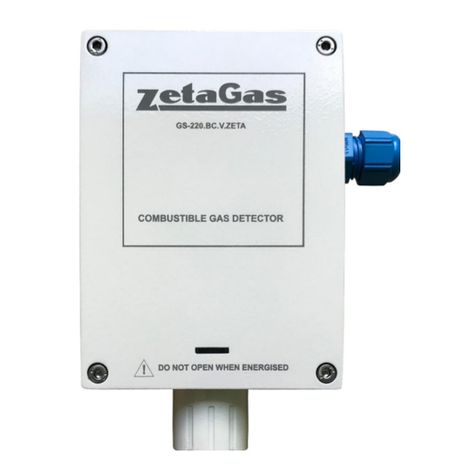Contents
1. Product Overview ..............................................................................................................................................................5
2 Activation...............................................................................................................................................................................6
2.1. Switch On............................................................................................................................................................................... 6
2.2. Switch Off .............................................................................................................................................................................. 6
3. Pump .......................................................................................................................................................................................6
3.1. Pump Test ................................................................................................................................................................................... 7
3.2 Filter Replacement ................................................................................................................................................................... 7
3.3 Regulator ...................................................................................................................................................................................... 7
4. Display ....................................................................................................................................................................................7
4.1. Measuring Mode ................................................................................................................................................................ 7
4.2. Display Mode ....................................................................................................................................................................... 8
4.2.1 Display Mode in Detail ...................................................................................................................................... 9
4.3. Alarm Display .....................................................................................................................................................................11
4.3. Battery Display...................................................................................................................................................................13
5. Setting and Operation ................................................................................................................................................. 13
5.1. Alarm Menu ........................................................................................................................................................................14
5.2. Calibration Menu..............................................................................................................................................................15
5.2.1. Span Calibration Environment............................................................................................................................15
5.2.2. Zero Calibration (Fresh Air Calibration) .........................................................................................................16
5.2.3. Span Calibration (Standard Gas Calibration) ...............................................................................................16
5.3. Test (Inspection) Menu ..................................................................................................................................................17
5.4. Set Menu..............................................................................................................................................................................18
6. Log......................................................................................................................................................................................... 19
7. Specification...................................................................................................................................................................... 19
7.1. Operating condition.............................................................................................................................................................19
7.2. Storage condition..................................................................................................................................................................20
7.3. Certification..............................................................................................................................................................................20
8. Failure / Escape................................................................................................................................................................ 22
9. Trouble-shooting............................................................................................................................................................. 23
10. Maintenance & Replacement...................................................................................................................................... 23
10.1. Charging..................................................................................................................................................................................23
10.2. Gas Cylinder ..........................................................................................................................................................................24
10.3. Battery......................................................................................................................................................................................24
10.4. Pump.........................................................................................................................................................................................24
10.5. Filter ..........................................................................................................................................................................................24





















